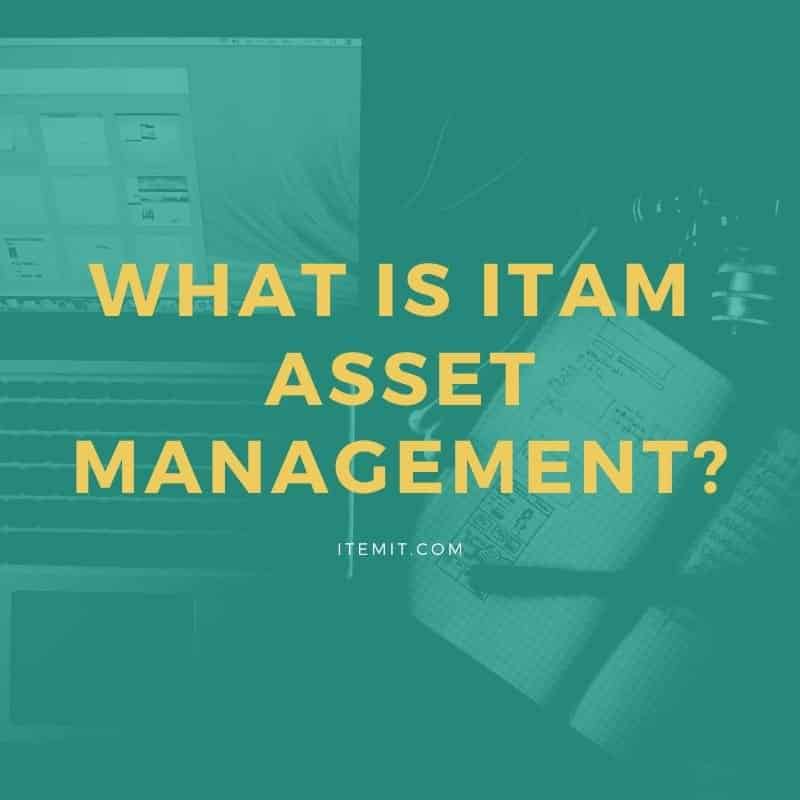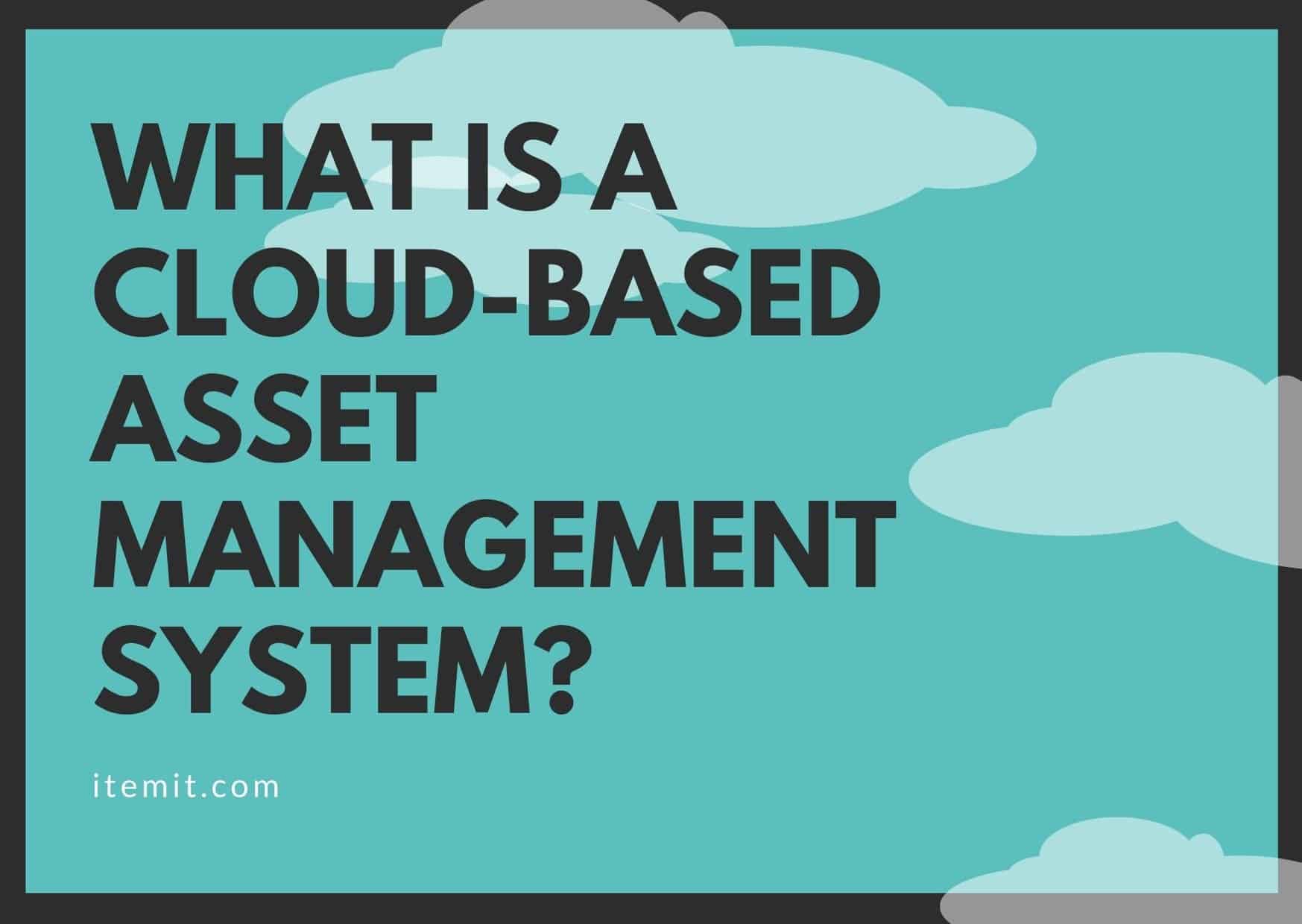What is ITAM Asset Management?

ITAM Asset Management is the process of tracking, monitoring, and managing your IT assets.
ITAM stands for “IT Asset Management” and can mean a few things. ITAM has a few subsets, so how you implement and use your IT asset management software can differ depending on why you have to use it.
For example, Software Asset Management (SAM) and Hardware Asset Management (HAM) are both subsets of IT Asset Management, and your needs may be more heavily weighted towards either.
If you want to read more about Software Asset Management, you can do so here, or, if you want to read more about Hardware Tracking Software, you can do so here.
Why Use IT Asset Management Software?
Why should your business use IT asset management software?
Either you need to track your hardware, your software, or your fixed assets. With the use of IT asset management software, you can do all of this and more.
IT asset management software has many helpful uses, such as increasing accountability, showing you more transparency, and being able to assign assets to users, just so you know what everyone has.
With the use of QR code asset tags, you’ll be able to track and monitor how often your IT assets move, and who is using them. So, if you need physical tracking for a greater level of accountability, IT asset management software can help you with just this.
You can also use IT asset management software to set reminders. This will help if you need Software Asset Management, Hardware Asset Management, or both.
Reminders can tell you when warranties are ending, when phone contracts are running out, or when software subscriptions need to be paid. Of course, this increases your financial transparency but also streamlines upgrades and acquisition.
Audits and Reports
Of course, running a business involves a lot of finances, reporting, and auditing. IT asset management software can help streamline these processes.
For example, if you want to know which assets are underused so that you know you don’t need to purchase another bulk of them, you can use a handy reporting feature to discover this.
Month to month, you’ll want to work out your company’s expenses, too. Being able to see reminders related to when certain payments need to be paid allows you a greater level of transparency when you’re sorting these out.
Also, being able to see the history against a specific asset allows you to see how much maintenance it has undergone, or how much downtime it has caused. Knowing this allows you to make a more informed decision about whether it’s more economical to replace the asset or repair it.
Location tracking is also a lot simpler, so you can see how regularly assets move between offices. If it’s multiple times a week, you know that a decision on purchasing new assets for each office may create better time efficiency.
To find out more about what IT Asset Management is and how it can help your business, you can download the itemit app, contact us, or fill in the form below.
Find Out More About IT Asset Management Software
Start your free 14-day trial now
Instant access. No credit card details required.


